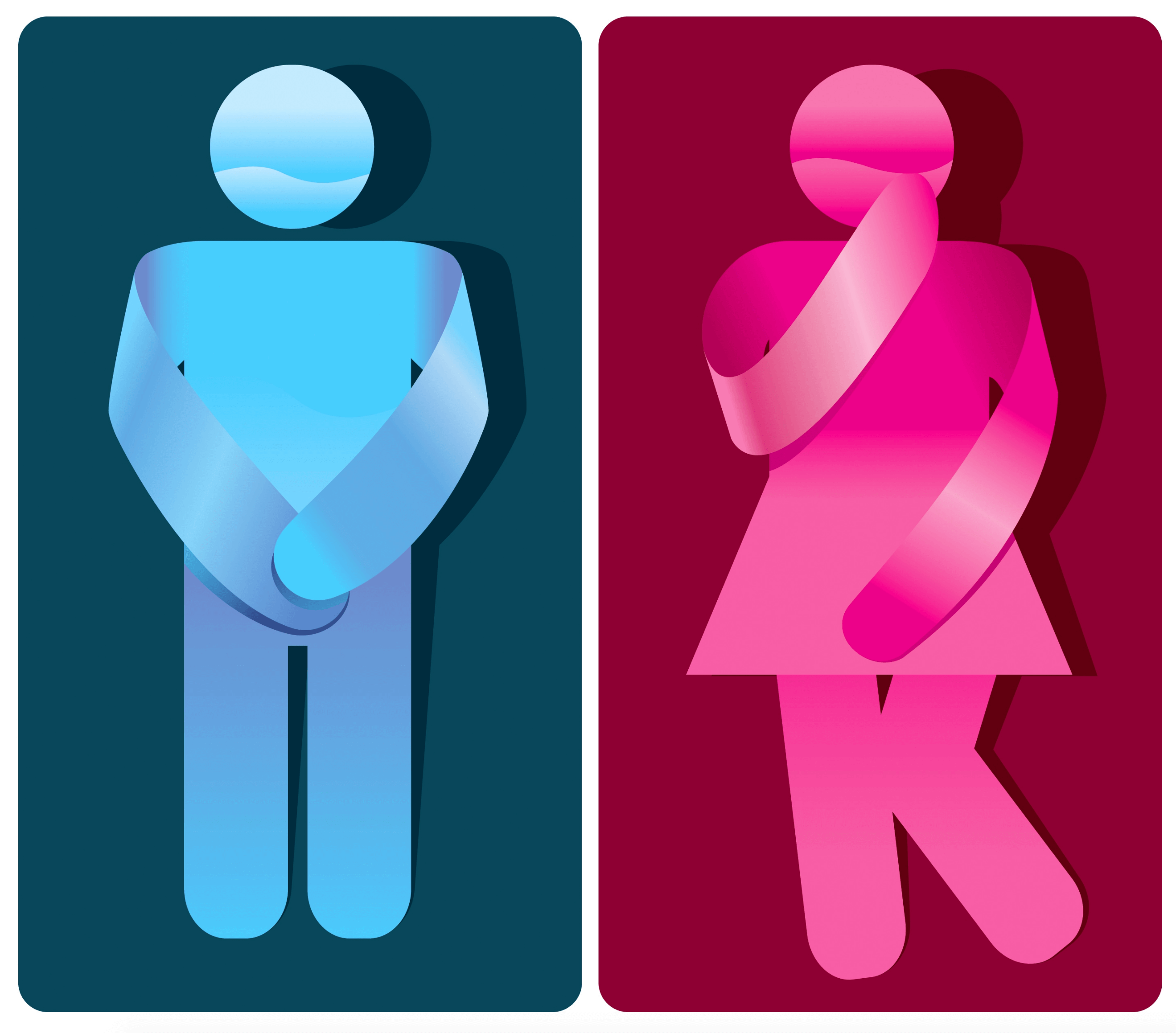Incontinence: Symptoms & Treatment
Posted on 10-03-2021 10:02 PM

On This Page
- Urinary Incontinence in Women
- Urinary Incontinence in Women: What You Need to Know
- What is urinary incontinence?
- What causes urinary incontinence?
- What are some of the different types of urinary incontinence?
- What are the symptoms of urinary incontinence?
- What is the treatment for urinary incontinence?
- What is Urinary Incontinence?
Urinary Incontinence in Women
urinary incontinence (ui) is the accidental loss of urine. According to the national association for continence, over 25 million adult americans experience temporary or chronic urinary incontinence. Ui can occur at any age, but it is more common among women over 50. Urinary incontinence may be a temporary condition that results from an underlying medical condition. It can range from the discomfort of slight losses of urine to severe, frequent wetting.
Urinary Incontinence in Women: What You Need to Know
Urinary incontinence is not a disease. It is a symptom of many conditions. Causes may differ for men and women. But it is not hereditary. And it is not just a normal part of aging. These are the four types of urinary incontinence:.
What is urinary incontinence?
Urinary incontinence (ui), also known as involuntary urination, is any uncontrolled leakage of urine. It is a common and distressing problem, which may have a large impact on quality of life. It has been identified as an important issue in geriatric health care. The term enuresis is often used to refer to urinary incontinence primarily in children, such as nocturnal enuresis (bed wetting). Pelvic surgery, pregnancy, childbirth, and menopause are major risk factors. Urinary incontinence is often a result of an underlying medical condition but is under-reported to medical practitioners. There are four main types of incontinence:.

What causes urinary incontinence?
What devices are available to help treat urinary incontinence? a pessary is a device that is inserted into the vagina to treat pelvic support problems and sui. Pessaries support the walls of your vagina to lift the bladder and urethra. They come in many shapes and sizes. Usually you can insert and remove a support pessary yourself. Pessaries may provide relief of symptoms without surgery. An over-the-counter tampon-like device also is available that is designed specifically to help prevent bladder leaks.
What are some of the different types of urinary incontinence?
Many people experience occasional, minor leaks of urine. Others may lose small to moderate amounts of urine more frequently. Types of urinary incontinence include: stress incontinence. Urine leaks when you exert pressure on your bladder by coughing, sneezing, laughing, exercising or lifting something heavy. Urge incontinence. You have a sudden, intense urge to urinate followed by an involuntary loss of urine. You may need to urinate often, including throughout the night. Urge incontinence may be caused by a minor condition, such as infection, or a more severe condition such as a neurological disorder or diabetes.
What are the symptoms of urinary incontinence?
If you experience urinary incontinence, tell your doctor. He or she can provide basic treatments for urinary incontinence. For more persistent symptoms, your doctor may refer you to specialist with expertise in evaluating and treating urinary incontinence.
What is the treatment for urinary incontinence?
Today, there are more treatments for urinary incontinence than ever before. The choice of treatment depends on the type of bladder control problem you have, how serious it is, and what best fits your lifestyle. As a general rule, the simplest and safest treatments should be tried first. Bladder control training may help you get better control of your bladder. Your doctor may suggest you try the following: pelvic muscle exercises (also known as kegel exercises) work the muscles that you use to stop urinating. Making these muscles stronger helps you hold urine in your bladder longer. Learn more about pelvic floor exercises and how to do them.
What is Urinary Incontinence?
Prevention overview urinary incontinence happens when you lose control of your bladder. In some cases, you may empty your bladder’s contents completely. In other cases, you may experience only minor leakage. The condition may be temporary or chronic, depending on its cause. According to the urology care foundation , millions of adults in the united states experience urinary incontinence. According to johns hopkins medicine, it’s more common among women age 50 and over. However, this condition can affect anyone. As you age, the muscles supporting your bladder tend to weaken, which can lead to urinary incontinence.